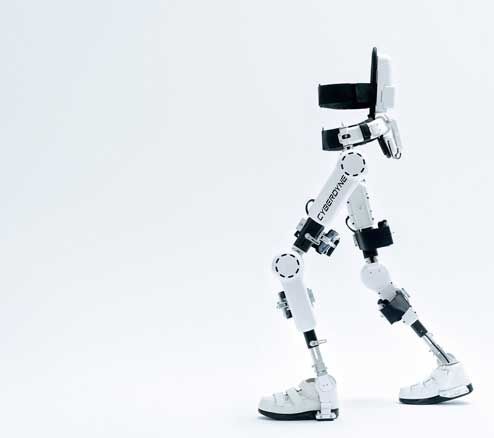This asteroid flyby was so close it was about halfway between the Earth and Moon. How’d we miss THAT? #SCINow
An asteroid approximately the size of a football field flew close by Earth only a day after it was first spotted this weekend. This near miss is a perfect example of an argument I’ve been making for some time: These are the asteroids we should worry about, not the so-called potentially hazardous rocks being tracked by NASA and periodically hyped by panicked headlines.
NASA scientists first observed the asteroid, now called 2018 GE3, on April 14, according to a database. It ventured as close as halfway the distance between Earth and the Moon, and was estimated to be between 47 meter and 100 meters in diameter (~150 and 330 feet). This is smaller than the asteroids governed by the NASA goal, which is to track 90 percent of near-Earth objects larger than 150 meters (~460 feet) in diameter. Nevertheless, it still could have caused a lot of damage if it had hit Earth.
If you read tabloids or Google news headlines, you probably hear about “potentially hazardous asteroids” all the time. But, like we’ve said before, those are not the asteroids you need to worry about. Potentially hazardous asteroids are those that NASA has determined could possibly hit the planet in the distant future, generally those within 20 lunar distances of Earth and 140 meters in diameter or larger.









